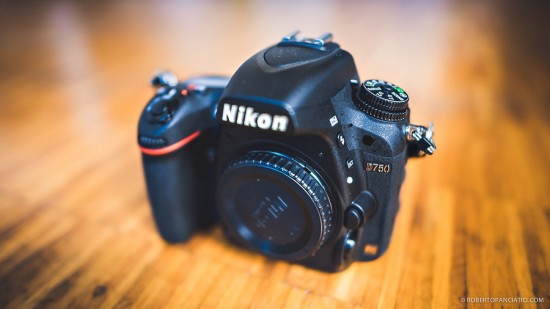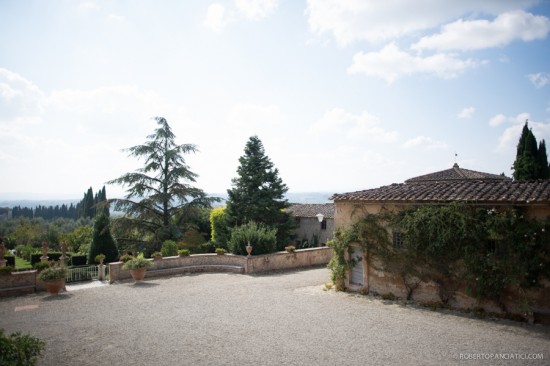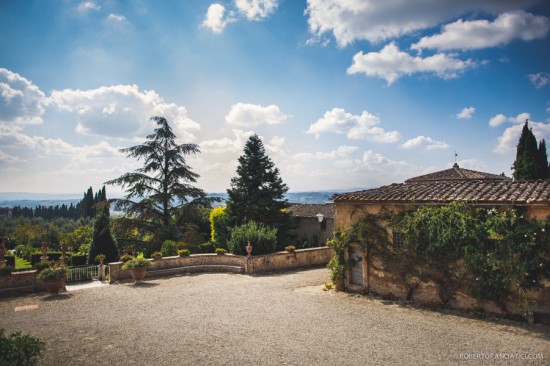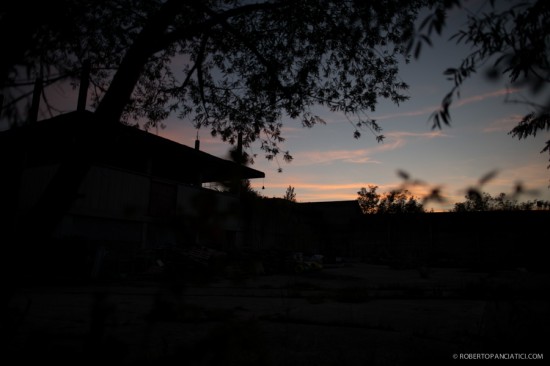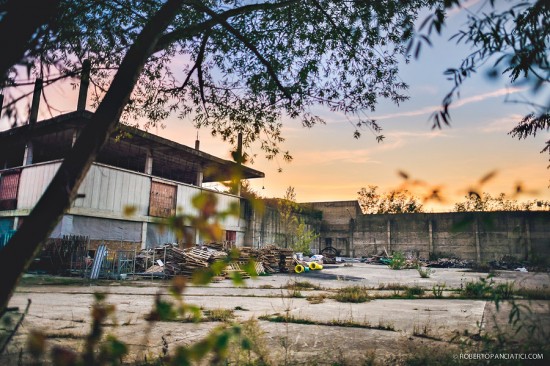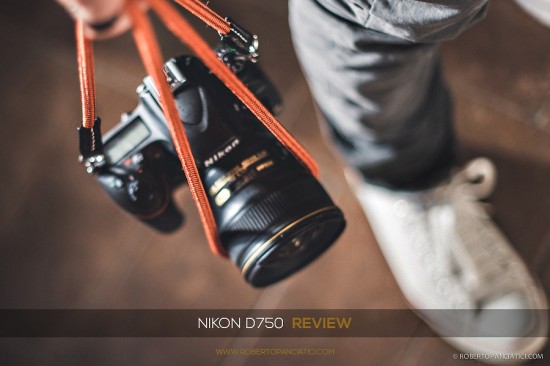
Roberto Panciatici (website) reviews the Nikon D750 DSLR camera (click on images for larger view):
Since I’m a full time professional photographer, the question I’ll try to answer in this review is: can the Nikon D750 be used for professional wedding photography? It’s not an easy question to answer, because there are numerous factors to consider, and the first factor is obviously the photographer’s particular style of shooting. I’ll try to respond based on my own actual experiences and real needs in the course of a day’s work, comparing the Nikon D750 with the camera I currently use (check out my ShotKit to see what’s in my backpack), and thus not limiting myself to evaluating solely technical aspects.
General features
- Sensor: CMOS (35.9×24.0mm), 24.3 Million
- Sensor Pixel Size: 5.9µ
- Image Size: 6,016 x 4,016
- Native ISO Sensitivity: ISO 100-12,800
- Image Processor: EXPEED 4
- Storage Media: 2x SD
- Continuous Shooting Speed: 6.5 FPS
- Max Shutter Speed: 1/4000 to 30 sec
- Exposure Metering Sensor: 91,000-pixel RGB sensor 3D Color Matrix Metering III
- Autofocus System: Advanced Multi-CAM 3500FX II
- Number of AF Points: 51 AF points, 15 cross-type
- Detection Range: -3 to +19 EV (ISO 100, 68°F/20°C)
- Wi-Fi Functionality: Built-in
- Battery Life: 1,230 shots (CIPA)
- Weight (Body Only): 750g
- Dimensions: 140.5 x 113 x 78mm
At first glance, in terms of size and appearance, the Nikon D750 doesn’t seem at all to have a PRO body, in fact it looks just like an entry level full frame camera, like the Nikon D610. The multi-function dial at the top is identical, in terms of its conception, to that on all non-professional-level Nikons, as well as all PRO Canons, like the Canon 5D MK III. I don’t really understand why Nikon made this choice in designing the Nikon D750! The dials we professionals expect and are used to from Nikon are unquestionably well designed and constructed, and above all are easy to use in work sessions, which is their most important trait. The camera body is fairly small, and might lead one to think that it won’t offer proper balancing when using heavy and/or large lenses like the Nikon 70-200 f 2.8 – I won’t get into this aspect, because I don’t like to use those types of lenses. In the hand, one immediately notes the Nikon D750’s fantastic ergonomics. It’s easy to hold firmly, and lighter in weight compared to my Nikon D810 (747 gr vs 880 gr – according to my scale – and those grams make all the difference). The Fn button, which I customize on all of my cameras, is in a different position than on all other Nikon PRO bodies (Nikon D800, D810, D4 and D4s), and this gave me a few problems the first time I used the camera, since I put it to a lot of use. The tiltable LCD monitor is extremely intuitive and easy to use, really well designed! The double slot SD is absolutely indispensable for work, at least for me, as I’m all for in-camera backup.
In action
Before noting my impressions in this post, I shot a total of 5 weddings and one engagement with the Nikon D750, and I have to admit that the first time I tried it in the field, the experience was a combination of , “hmm, I would have hoped for something better” at the start of the day and “Whoa!” in the second half of the day! The camera responds really quickly to commands and passes swiftly into and out of Live View mode, which is something I check with every new camera because I use it often during my work – at the moment, the best Nikon in terms of flow and reactivity is without a doubt the Nikon D4s. The multi-function dial isn’t really that inconvenient, although it’s a step behind others, but it’s more an aesthetic issue than a real hindrance while I’m working. The only shortcoming I noted with regard to handiness had to do with the customization of the Fn button, but I compensated by adapting my shooting style and customizing the Pv button, which is in more or less the same position as on other Nikon PRO cameras.
Shutter speed
The 1/4000 shutter speed was the first hassle I had to deal with. I’d set out with the idea that having 1/8000 and 200 ISO – like the beloved old Nikon D700 – was the same as having 1/4000 and 100 ISO, so I didn’t think there was any need to shut the diaphragm to get the exposure I wanted, but unfortunately that wasn’t the case. When you use only fixed lenses and favor full aperture shots as I do, not having the 1/8000 speed available becomes annoying, especially if you’re a photographer who tends to underexpose (like me). Here’s a little example:
The files produced by the Nikon D750 are excellent, and this allows us to “patch up” situations where we don’t want to shut the diaphragm, recuperating all we can from high lights. Personally, since I prefer to save high lights directly in the shooting phase and not in post-production, I tried to use ISO up to L1.0, and I have to say the results aren’t bad at all. I would have much preferred to have faster shutter speed available, but by nature I tend to see the glass half full, so I won’t make a big deal out of it.
Autofocus system
Whoa! Whoa! Whoa! When I switched from the Nikon D800 to the Nikon D810 I was amazed by the capacities of the new AF, and I have to say that the exact same thing happened switching from the Nikon D810 to the Nikon D750! From the very first wedding I shot with this camera – granted, it was the new toy -, I set aside the Nikon D810 at a certain point, preferring the Nikon D750 as my first camera. Not only is the auto focus fast, it’s also really accurate, and this undeniably gives a greater sense of security during shooting and makes everything easier. This is a truly crucial point for me, and it take the camera to a level I never thought it could achieve. The sensation of trustworthiness I get from this camera’s AF system is incomparable, better than with any other Nikon I’ve used, including the latest Nikon D810, as well as the top of the range, the Nikon D4s. Here we’re frankly at another level. Good going, Nikon! For the record, I should say that the AF points area is slightly narrower – about 10% less – than that of the Nikon D810, thus guaranteeing lesser breadth of focus in angles. Personally, I don’t consider this a problem, but if you’re one of those photographers who doesn’t usually recompose the image after focusing, then I’d suggest you keep this in mind.
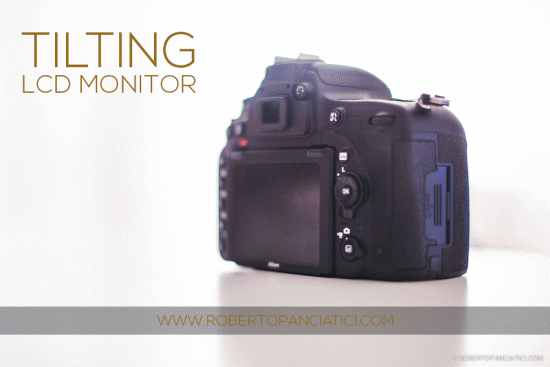
The tilt-able LCD monitor is this camera’s other big innovation, and I have to say I’m crazy about it! Having it available radically changes the way you work; it helps the photographer find new angles without having to turn into an acrobat or a jester, i.e. lying on the ground and such. The way it’s designed makes it extremely practical and fast to use, and I couldn’t find any defects in it. The only area for improvement that comes to mind would be to make it rotatable so as to have better vision during vertical shots, especially if the camera is against the ground or a wall, etc.
Battery life
The battery life is good, but having a second battery in your bag is by now a given, especially if you use the live view as much as I do. I tend to get through ¾ of the day with one batter, and use the second one for the last part of the service, or I recharge the first one during quiet periods like the dinner.
Buffer
At first I considered it one of the little flaws of the camera, then I changed my mind after I made a little adjustment: the memory cards I initially tested the Nikon D750 with were SD Lexar Pro 64 GB 600x, and I must say the buffer reload was pretty slow; later I saw some colleagues’ tests and subsequently switched to SD SanDisk Extreme Pro 64 GB Class 10 UHS-I 95 Mb/s. Using these cards radically changes the writing speed, and consequently the buffer’s emptying capacity increases, making the camera quicker and more reactive. Certainly, we’re not talking about performance like that of the Nikon D4s, but this little tip will give you a camera with an excellent high-speed burst, superior in terms of speed to that of the Nikon D810, and a buffer that reloads quite quickly, thus allowing you to work under optimal conditions.
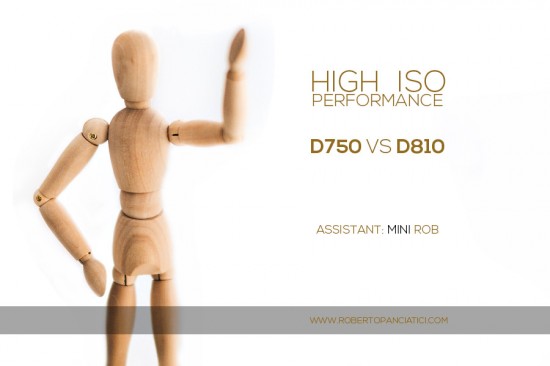
Nikon D750 files, compared to those of the della Nikon D810 I normally use, are clearly better at high ISOs. I find that the file noise produced by the Nikon D750 is really minimal, which makes it even more appealing and usable in any setting.
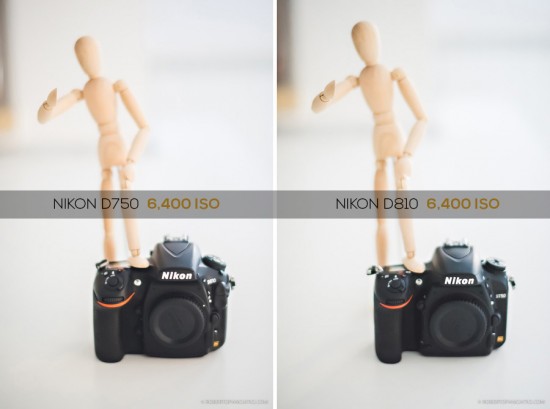
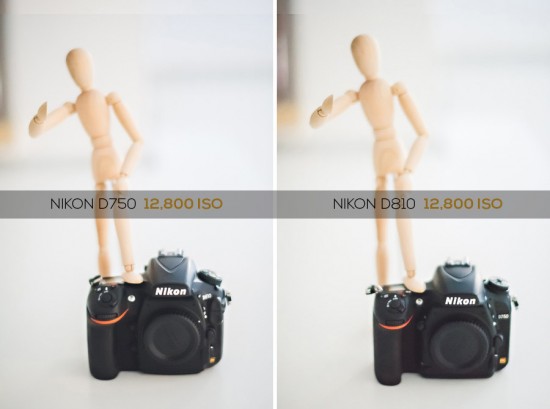
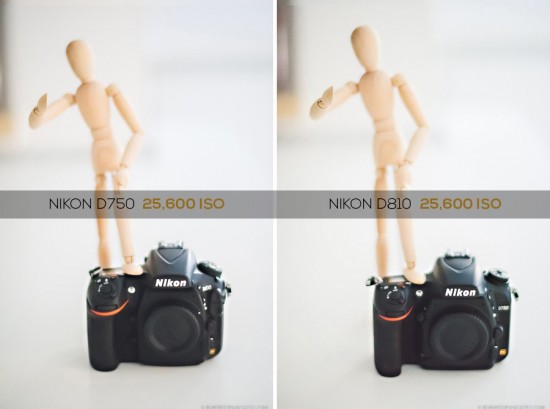
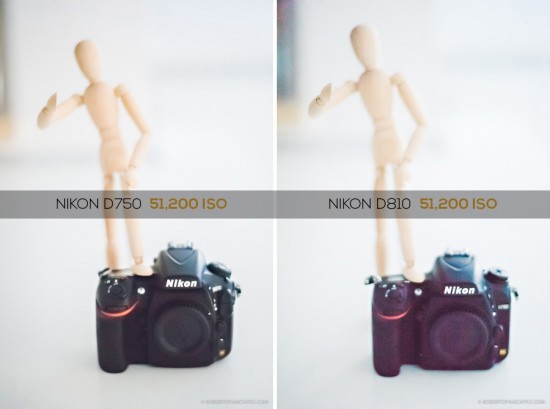
However, the Nikon D810 is better at low ISOs, where the excellence of the Nikon D810 sensor really comes to the fore. In my opinion, this is not a crucial aspect as far as Wedding Photography is concerned, but it is if we’re talking about portraiture, still life etc, where the Nikon D810 is unequaled.
Dynamic range
The dynamic range is great and you can really push with this files. The example image is pushed a full 5 stops and everything is really perfect!
Final considerations
When it came on the market, I was a bit biased, so I never would have thought I’d come to write these words: I like this camera. I like it a lot! I find that is had excellent strengths, AF first and foremost. It’s really precise and quick, and it gives me a nice sense of trustworthiness and confidence, something that makes me much more relaxed and focused when I’m working, to the benefit of end result. For me, the Autofocus had always been one of Nikon’s weak spots, especially when I think of my old Nikon D800! Here we’re at a completely different level in terms of speed and precision, and I’m pleased to note that, because now I can look at future Nikon models with an even more open mind. Finally we’re on the right track! The second aspect I like, and one that sets a new standard as far as I’m concerned, is the limited file noise. Much cleaner compared to my Nikon D810, although the excellence of the latter’s files at low ISOs is truly matchless. And to conclude, the camera’s great manageability and light weight, another fundamental aspect for me. When you do more than 50 weddings etc. a year, often working consecutive days with no down time in between, a lightweight camera body can make the difference between having a stiff, aching back and being more energetic and reactive. For the way I work, considering my workload and body type (I’m a lightweight myself!), it would be impossible to think of working with two Nikon D4s, even though I consider it a fantastic camera. Additionally, I find the Nikon D750 fun and easy to use, and thanks to the tiltable monitor, it allows me to give my creativity free rein, without having to put myself in ridiculous positions, lying on the floor etc.
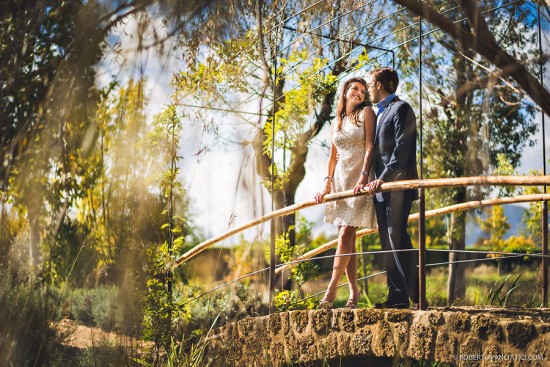
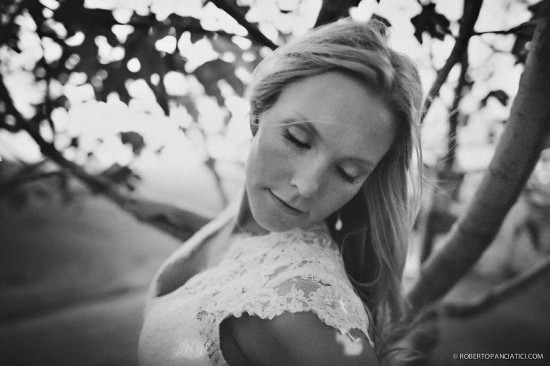

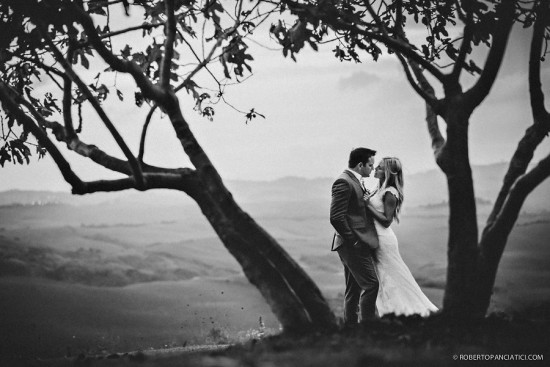
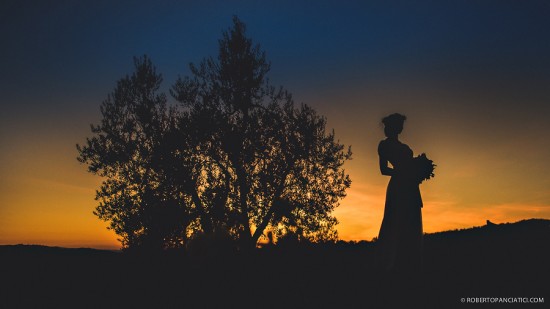
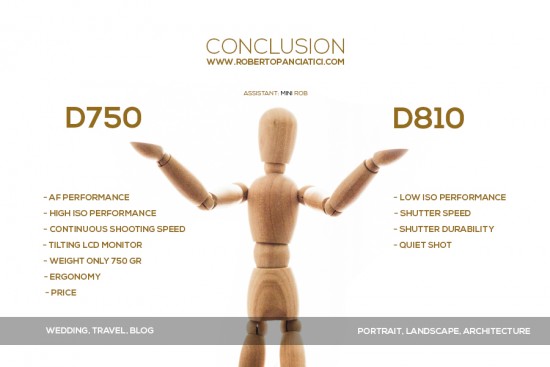
Can the Nikon D750 be used in professional wedding photography? Yes, absolutely! I find this camera to be the most suitable currently on the market, at least for the way I work, for wedding photography, or at least an excellent second camera for those who prefer to have a flagship model as their main camera. I think the best use for the Nikon D810, which I used for wedding photography until a short time ago, is for portraiture, or whenever optimal quality is required as low ISOs.
This review was originally posted here.
If you have an interesting idea for a guest post, you can contact me here.
